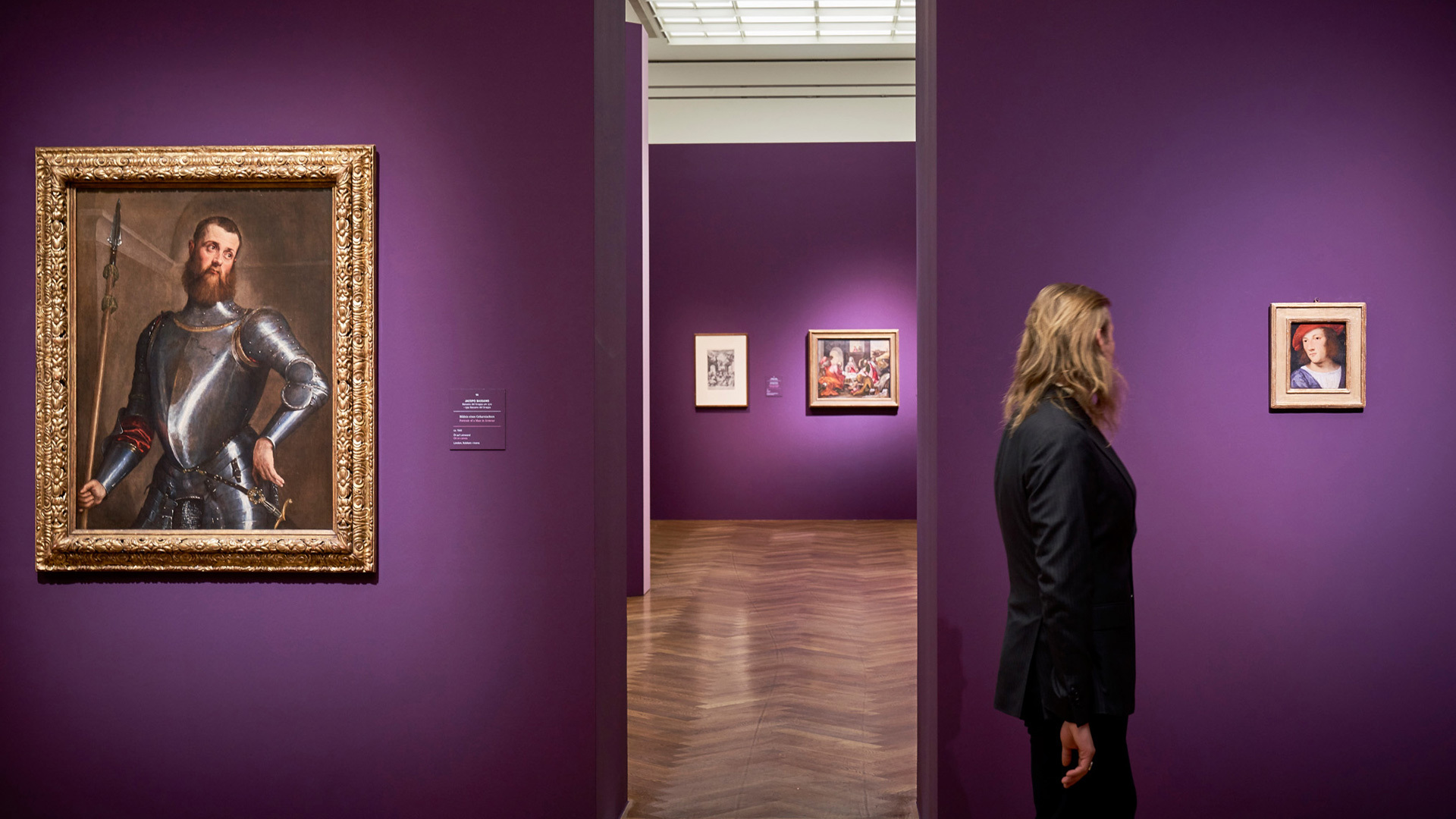About the Exhibition
The Städel Museum devoted a major special exhibition to one of the most momentous chapters in the history of European art: Venetian painting of the Renaissance. Entitled “Titian and the Renaissance in Venice”, the show united more than a hundred masterpieces. In the early sixteenth century, artists of the “City of Water” developed an independent strain of the Renaissance relying on purely painterly means and the impact of light and colour. One of their most important exponents was Titian (ca. 1488/90–1576), who would hold the key position in the Venetian art scene all his life. The Frankfurt show assembled more than twenty examples by Titian alone – and thus the most extensive selection of his works ever before on display in Germany. It also presented paintings and drawings by Giovanni Bellini (ca. 1435–1516), Jacopo Palma il Vecchio (1479/80–1528), Sebastiano del Piombo (ca. 1485–1547), Lorenzo Lotto (ca. 1480–1556/57), Jacopo Tintoretto (ca. 1518/19–1594), Jacopo Bassano (ca. 1510–1592), Paolo Veronese (1528–1588) and others. These works offered comprehensive insights into the artistic and thematic breadth of the Renaissance in Venice and elucidate why artists of later centuries looked back to the art of this time and place again and again for orientation.
The exhibition introduced selected aspects of Venetian cinquecento painting in eight sections: for example its atmospherically charged landscape depictions, its ideal likenesses of beautiful women (the so-called “belle donne”), or the importance of colour. The thematically oriented chapters together formed a systematic panorama of the extensive material. Apart from the Venetian holdings in the Städel collection—including, Titian’s „Portrait of a Young Man“ (ca. 1510)—the show brought together superb loans from more than sixty national and international museums.
The exhibition was made possible by support from the Dagmar-Westberg-Stiftung and the Kulturfonds Frankfurt RheinMain gGmbH.
Curator: Dr. Bastian Eclercy (Head Italian, French, and Spanish Paintings before 1800, Städel Museum)
Film

Sponsors & Partners
Supported by
Dagmar-Westberg-Stiftung, Kulturfonds Frankfurt RheinMain gGmbH
With additional support from
Fazit Stiftung
Culture partner
hr2-kultur
Media partners
Süddeutsche Zeitung and Weltkunst